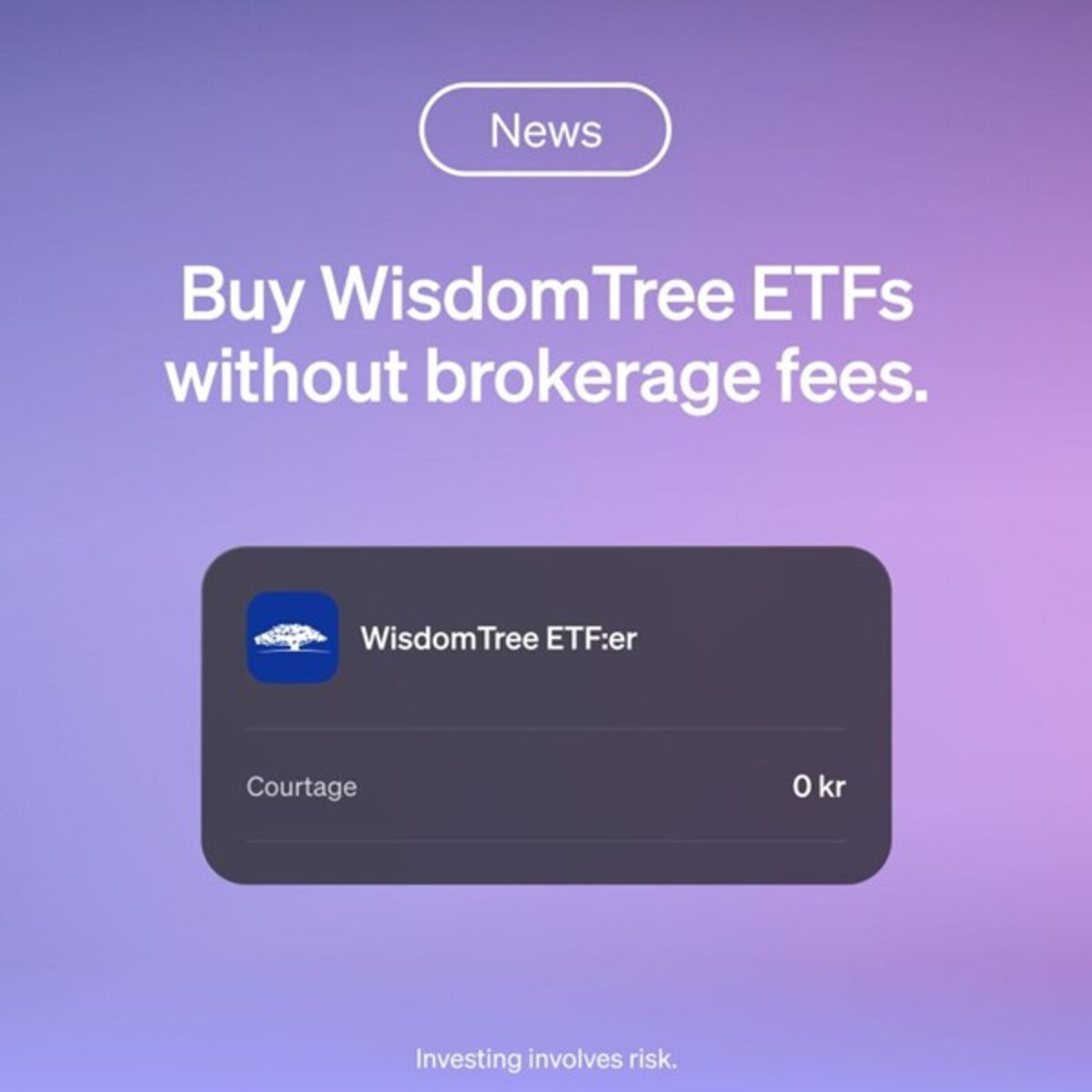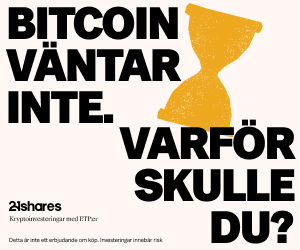China remains an important part of the world economy. China: A $12 Trillion Economy Not to be Ignored. While it may not be posting the double-digit growth numbers of a decade ago, we believe the country continues to offer interesting investment opportunities. Although recent economic growth rates have been in the single digits (6.90% in 2015 as shown in the chart below), in absolute terms this growth is extraordinary given that China’s economy is far bigger than it once was. What was China’s $1 trillion sized-economy in 2000 is now 12 times larger at more than $12 trillion based on gross domestic product (GDP), putting China just behind the U.S. ($19 trillion).1
Concern over Capital Outflows Abates
We continue to believe that when evaluating any investment in either the emerging markets or any global allocation of assets, China needs to be considered. Although current concern surrounding China’s capital outflows may have decreased, there continues to be net depreciation pressure on the Renminbi. However, in some ways, mild, engineered depreciation versus a basket of currencies, while keeping a lid on capital outflow pressures, may represent a positive outcome for China. Market concern has tended to focus more on the rapid increase in leverage that has been seen in China since the global financial crisis. Although we agree that this is a significant issue that will likely necessitate some hard decisions, we think that there are serious differences in the nature of that debt and the management of the economy that could prevent a systemic crisis in the foreseeable future.
Debt Burden is Larger for SOEs
Much of the debt risk concern is around state owned enterprises, or SOEs. Privately owned enterprises tend not to carry as much debt. According to estimates in a paper published in June 2016 from Shi Kang, an associate professor at Chinese University of Hong Kong, private companies have cut debt to 53% of assets in 2013 from 58% in 2007, while SOEs have seen those figures jump to 62% from 55%.2
China’s New Economy Transition
Small and medium enterprises (SMEs) remain at the center of the narrative as China transitions from an “old” production-driven model to the “new” consumer and service-led economy. In this context, we believe VanEck Vectors™ ChinaAMC SME-ChiNext ETF (NYSE Arca: CNXT®) provides not only exposure primarily to China’s market for innovative, non-government owned companies, but also to the very sectors that are increasingly recognized as underpinning the growth of the country’s “New Economy.” CNXT gives investors a liquid, transparent way to gain access to some of these growing companies.
China GDP Absolute Growth and Growth Rate (2000 – 2015)
(Click to enlarge)
Source: World Bank. Not intended to be a forecast of future events, a guarantee of future results or investment advice. Current market conditions may not continue.
IMPORTANT DEFINITIONS AND DISCLOSURES
1 Estimated; Data: IMF, World Economic Outlook; Updated Feb. 11, 2016
2 Bloomberg: China Private Firms Show Way Out of Debt Trap for State Giants.
Gross Domestic Product (GDP) is the monetary value of all the finished goods and services produced within a country’s borders during one year.
This content is published in the United States for residents of specified countries. Investors are subject to securities and tax regulations within their applicable jurisdictions that are not addressed on this content. Nothing in this content should be considered a solicitation to buy or an offer to sell shares of any investment in any jurisdiction where the offer or solicitation would be unlawful under the securities laws of such jurisdiction, nor is it intended as investment, tax, financial, or legal advice. Investors should seek such professional advice for their particular situation and jurisdiction.
The information herein represents the opinion of the author(s), but not necessarily those of VanEck, and these opinions may change at any time and from time to time. Non-VanEck proprietary information contained herein has been obtained from sources believed to be reliable, but not guaranteed. Not intended to be a forecast of future events, a guarantee of future results or investment advice. Historical performance is not indicative of future results. Current data may differ from data quoted. Any graphs shown herein are for illustrative purposes only. No part of this material may be reproduced in any form, or referred to in any other publication, without express written permission of VanEck.
CNXT is subject to risks which include, among others, those associated with investments in Chinese securities, particularly A-Shares, adviser and sub-adviser risk, risk of the RQFII regime, political and economic instability, inflation, confiscatory taxation, nationalization, expropriation, and market volatility, all of which may adversely affect the Fund. Foreign and emerging markets investments are subject to risks, which include changes in economic and political conditions, foreign currency fluctuations, changes in foreign regulations, changes in currency exchange rates, unstable governments, and limited trading capacity which may make these investments volatile in price or difficult to trade. Small- and medium-capitalization companies may be subject to elevated risks. The Fund’s assets may be concentrated in a particular sector and may be subject to more risk than investments in a diverse group of sectors.
Fund shares are not individually redeemable and will be issued and redeemed at their Net Asset Value (NAV) only through certain authorized broker-dealers in large, specified blocks of shares called ”creation units” and otherwise can be bought and sold only through exchange trading. Creation units are issued and redeemed principally in kind. Shares may trade at a premium or discount to their NAV in the secondary market.
Investing involves substantial risk and high volatility, including possible loss of principal. Bonds and bond funds will generally decrease in value as interest rates rise. An investor should consider the investment objective, risks, charges and expenses of the Fund carefully before investing. To obtain a prospectus and summary prospectus, which contains this and other information, call 800.826.2333 or visit vaneck.com. Please read the prospectus and summary prospectus carefully before investing.
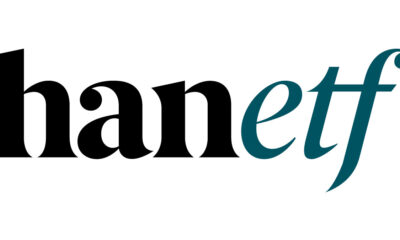
 Nyheter3 veckor sedan
Nyheter3 veckor sedan
 Nyheter4 veckor sedan
Nyheter4 veckor sedan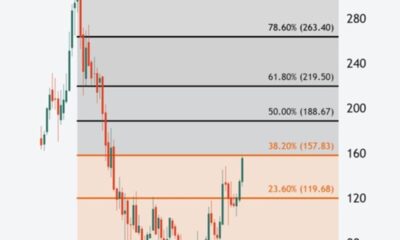
 Nyheter4 veckor sedan
Nyheter4 veckor sedan
 Nyheter4 veckor sedan
Nyheter4 veckor sedan
 Nyheter3 veckor sedan
Nyheter3 veckor sedan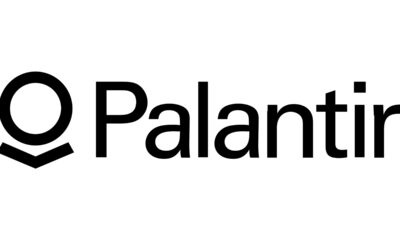
 Nyheter4 veckor sedan
Nyheter4 veckor sedan
 Nyheter4 veckor sedan
Nyheter4 veckor sedan
 Nyheter4 veckor sedan
Nyheter4 veckor sedan
















